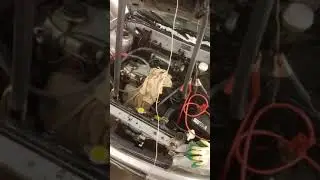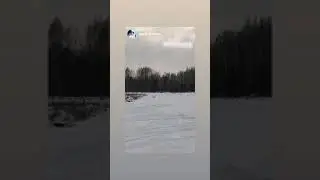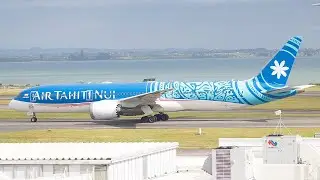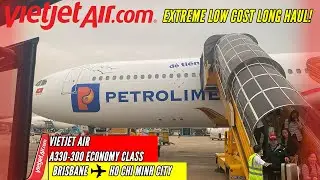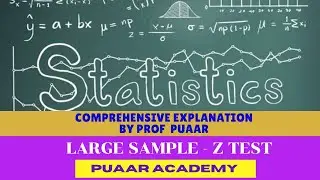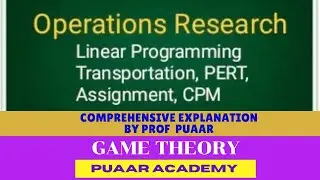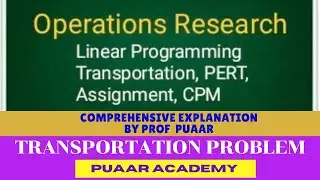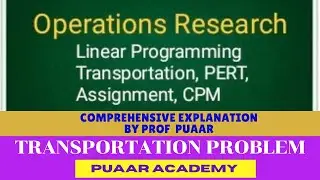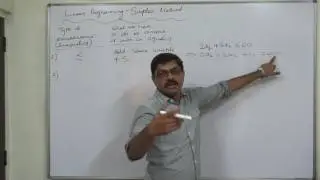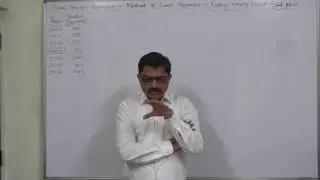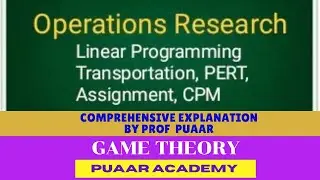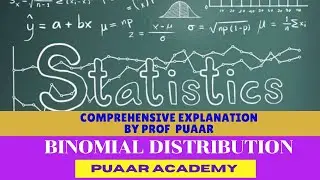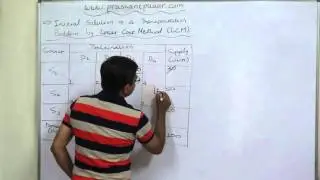Transportation Problem - 8 Optimal Solution Part 1 of 3
For more lectures/playlists on various topics visit and subscribe my YouTube channel
PUAAR Academy @ / prashantpuaar
#operationsresearch #transportation #problem #solution #optimalsolution #free #tutorials
Operations Research (OR)
Transportation Problem - Optimal Solution
IMPORTANT NOTE:
Before watching this lecture and learning obtaining the optimal solution of a TP, please first watch the Video lecture "Transportation Problem - 7 VAM - 2" to learn obtaining initial solution of the same problem the optimal solution of which has been found in the next three video lectures.
MODI Method (i.e. Modified Allocation Method)
The steps to evaluate unoccupied cells are as follows:
Step 1: For an initial basic feasible solution with m + n -1 occupied cells; calculate ui and vj for rows and columns. The initial solution can be obtained by any of the three methods discussed earlier.
To start with, any one of uj or vj is assigned the value zero. It is better to assign zero for a particular ui or vj where there are maximum number of allocation in a row or column respectively, as it will reduce arithmetic work considerably. Then complete the calculation of ui and vj for other rows and columns by using the relation cij = ui + vj for all occupied cells (i, j).
Step 2: For unoccupied cells, calculate opportunity cost (the difference that indicates the per unit cost reduction that can be achieved by an allocation in the unoccupied cell) by using the relationship dij = cij - (ui + vj) for all i and j.
Step 3: Examine sign of each dij
i) If dij greater than 0, then current basic feasible solution is optimal.
ii) If dij = 0, then current basic feasible solution will remain unaffected but an alternative solution exists.
iii)If one or more dij less than 0, then an improved solution can be obtained by entering unoccupied cell (i, j) in the basis. An occupied cell having the largest negative value of dij is chosen for entering into the solution mix (new transportation schedule).
Step 4: Construct a closed-path (or loop) for the unoccupied cell with largest negative opportunity cost. Start the closed path with the selected unoccupied cell and mark a plus sign (+) in this cell, trace a path along the rows (or column) to an occupied cell, mark the corner with minus sign (-) and continue down the column (or row) to an occupied cell and mark the corner with plus (+) sign and minus sign (-) alternatively. Close the path back to the selected unoccupied cell.
Step 5: Select the smallest quantity amongst the cell marked with minus sign on the corners of closed loop. Allocate this value to the selected unoccupied cell and add it to other occupied cells marked with plus sign and subtract it from the occupied cells marked with minus sign.
Step 6: Obtain a new improved solution by allocating units to the unoccupied cell according to Step 5 and calculate the new total transportation cost.
Step 7: Test the revised solution further for optimality. The procedure terminates when all dij greater than or equal to 0 , for unoccupied cells.
Remarks:
1. The closed-loop (path) starts and ends at the selected unoccupied cell. It consists of successive horizontal and vertical (connected) lines whose end points must be occupied cells, except for an end point associated with entering unoccupied cell. This means that every corner element of the loop must be an occupied cell. It is immaterial whether the loop is traced in a clockwise or anticlockwise direction and starting up, down, right or left (but never diagonally). However, for a given solution only one loop can be constructed for each unoccupied cell.
2. There can be only one plus (+) sign and only one minus (-) sign in any row or column.
3. The closed path indicates changes involved in reallocating the shipments.
Example:
Source Destination
D1 D2 D3 D4 Supply
S1 19 30 50 10 7
S2 70 30 40 60 9
S3 40 8 70 20 18
D 5 8 7 14 34
This is the first part of the series of three video lectures explaining the entire process of obtaining the optimal solution of a transportation problem. So, after watching this lectures you need to watch part-2 in "Transportation Problem - 9" and part-3 in "Transportation Problem - 10".
Transportation, Operations Research, VAM, MODI method, MBA, MCA, BE, CA, CS, CWA, CMA, CPA, CFA, BBA, BCom, MCom, BTech, MTech, BSc, MSc, BA, MA, Diploma, Production, Finance, Management, Commerce, Engineering , Grade-11, problem, solution, freeclass, freestudy, onlineclass, onlinestudy, homestudy, standard12, grade12,
www.prashantpuaar.com
Watch video Transportation Problem - 8 Optimal Solution Part 1 of 3 online, duration hours minute second in high quality that is uploaded to the channel PUAAR Academy 07 May 2016. Share the link to the video on social media so that your subscribers and friends will also watch this video. This video clip has been viewed 162,972 times and liked it 999 visitors.
